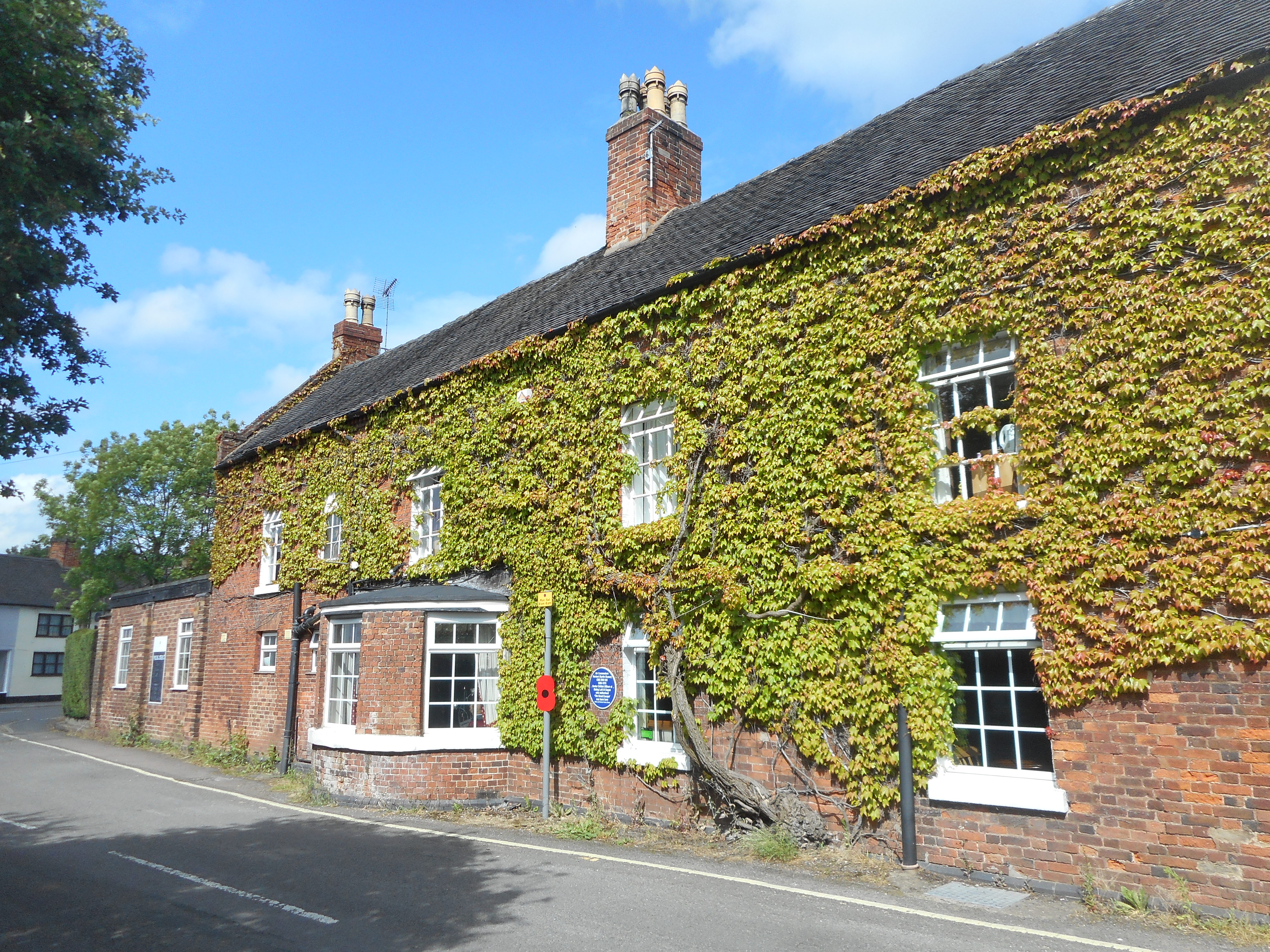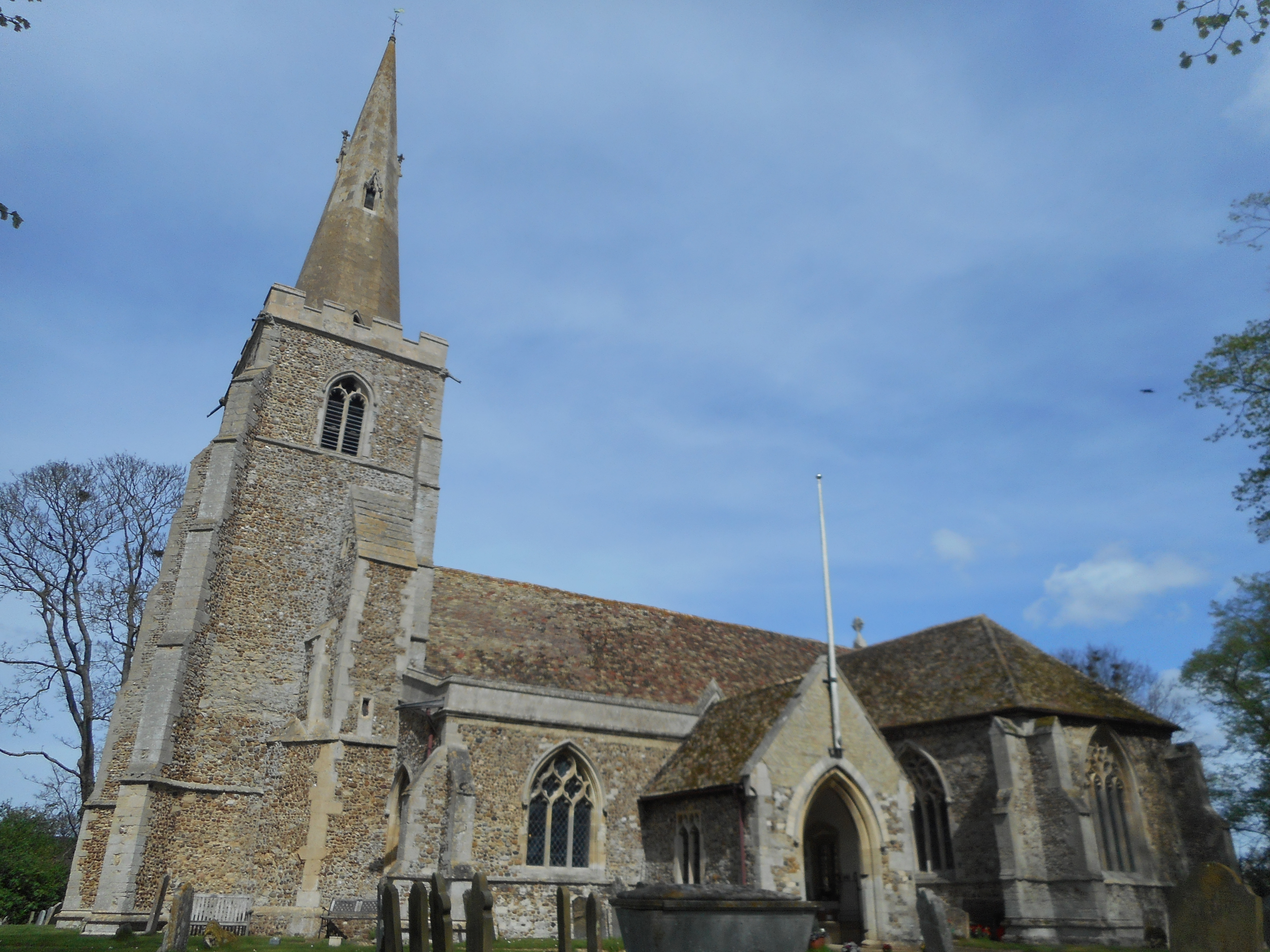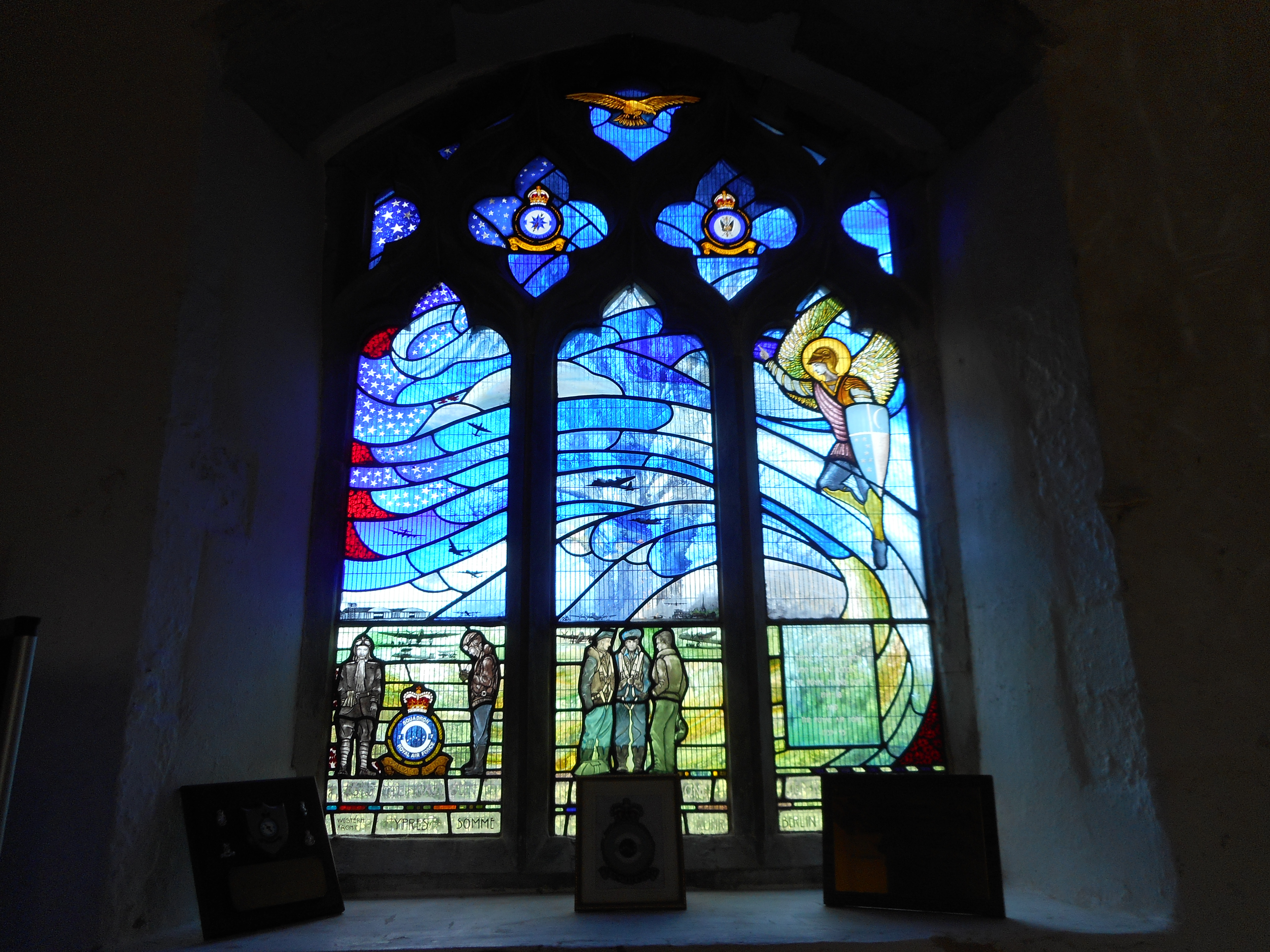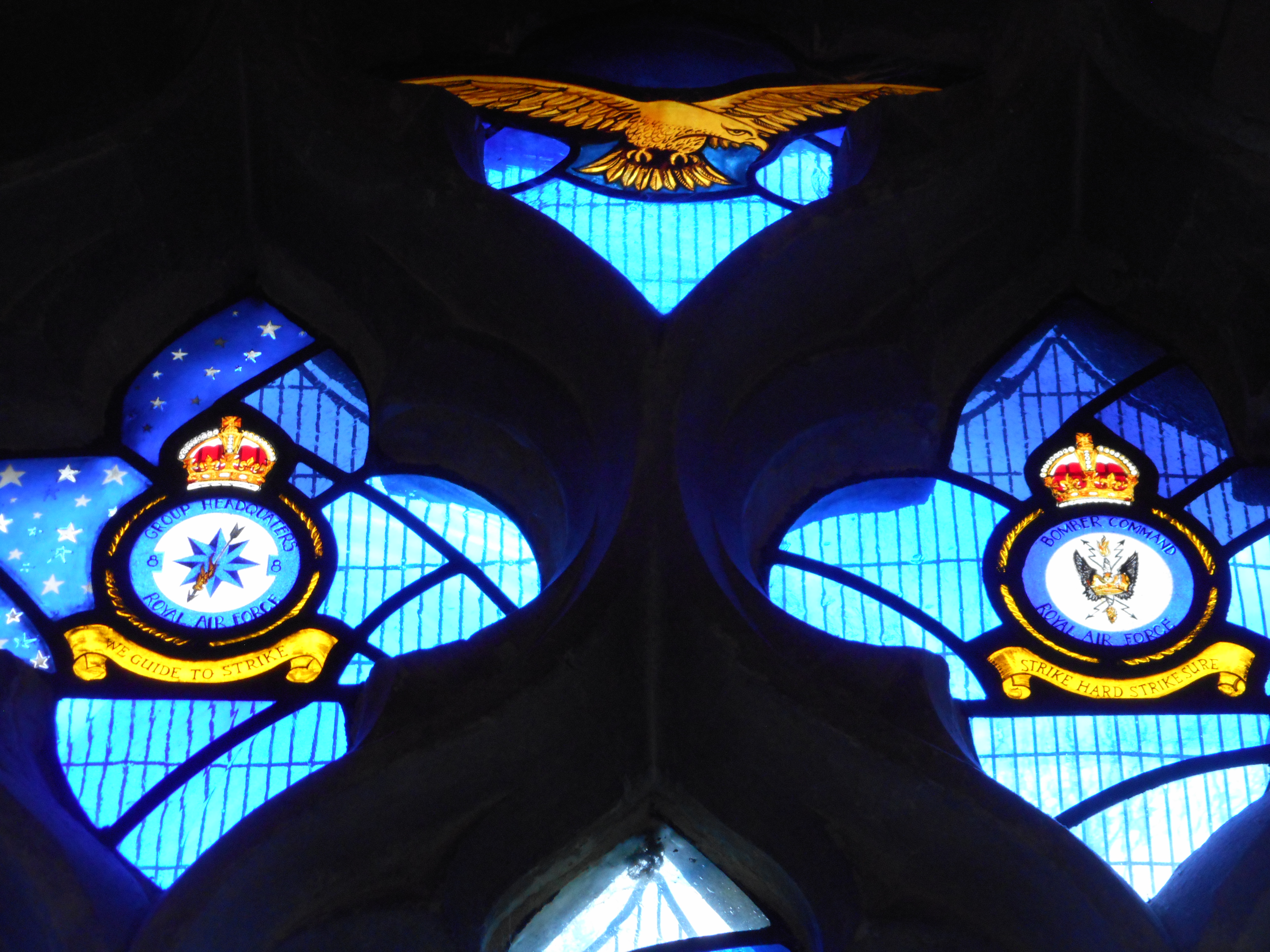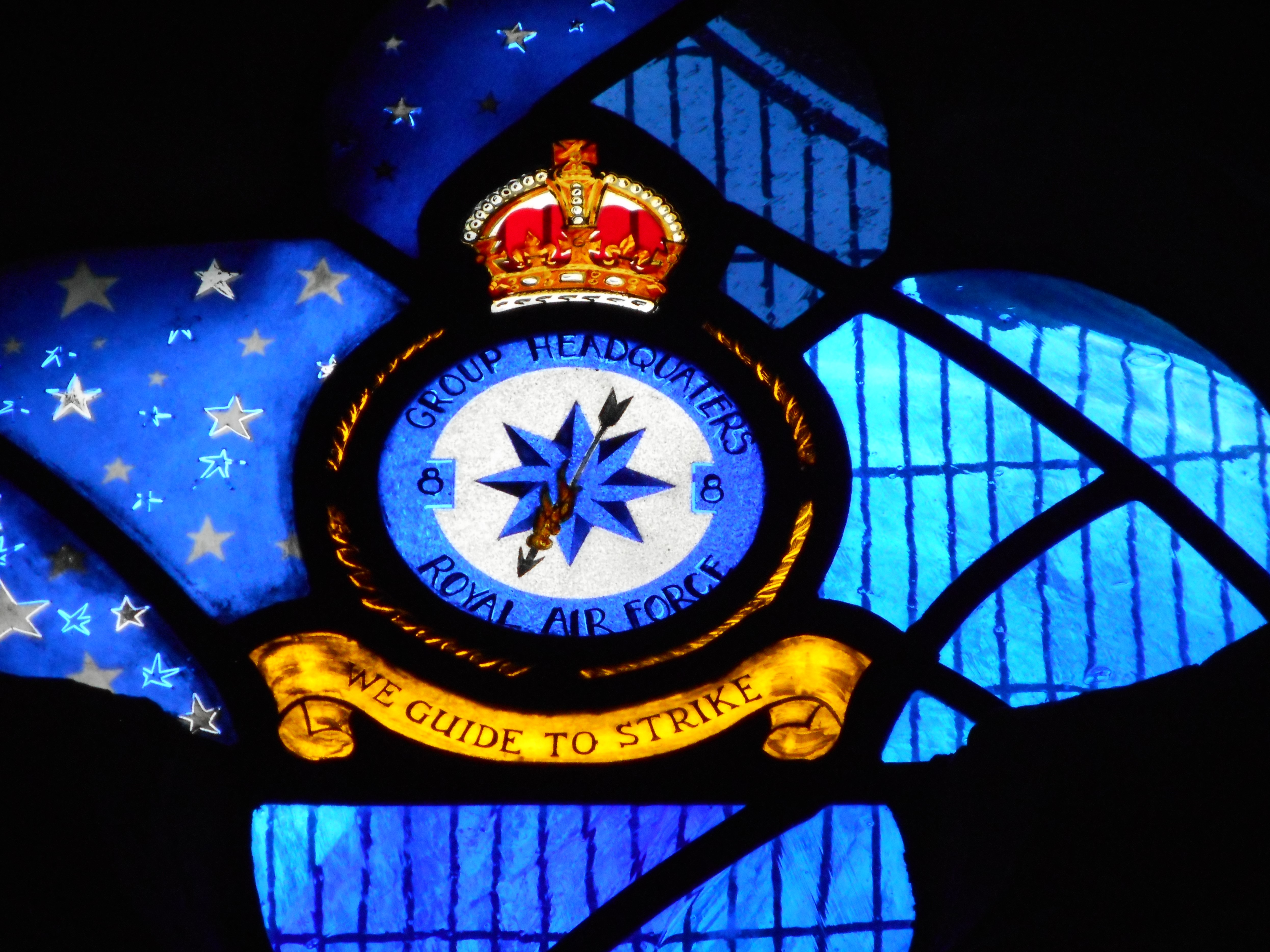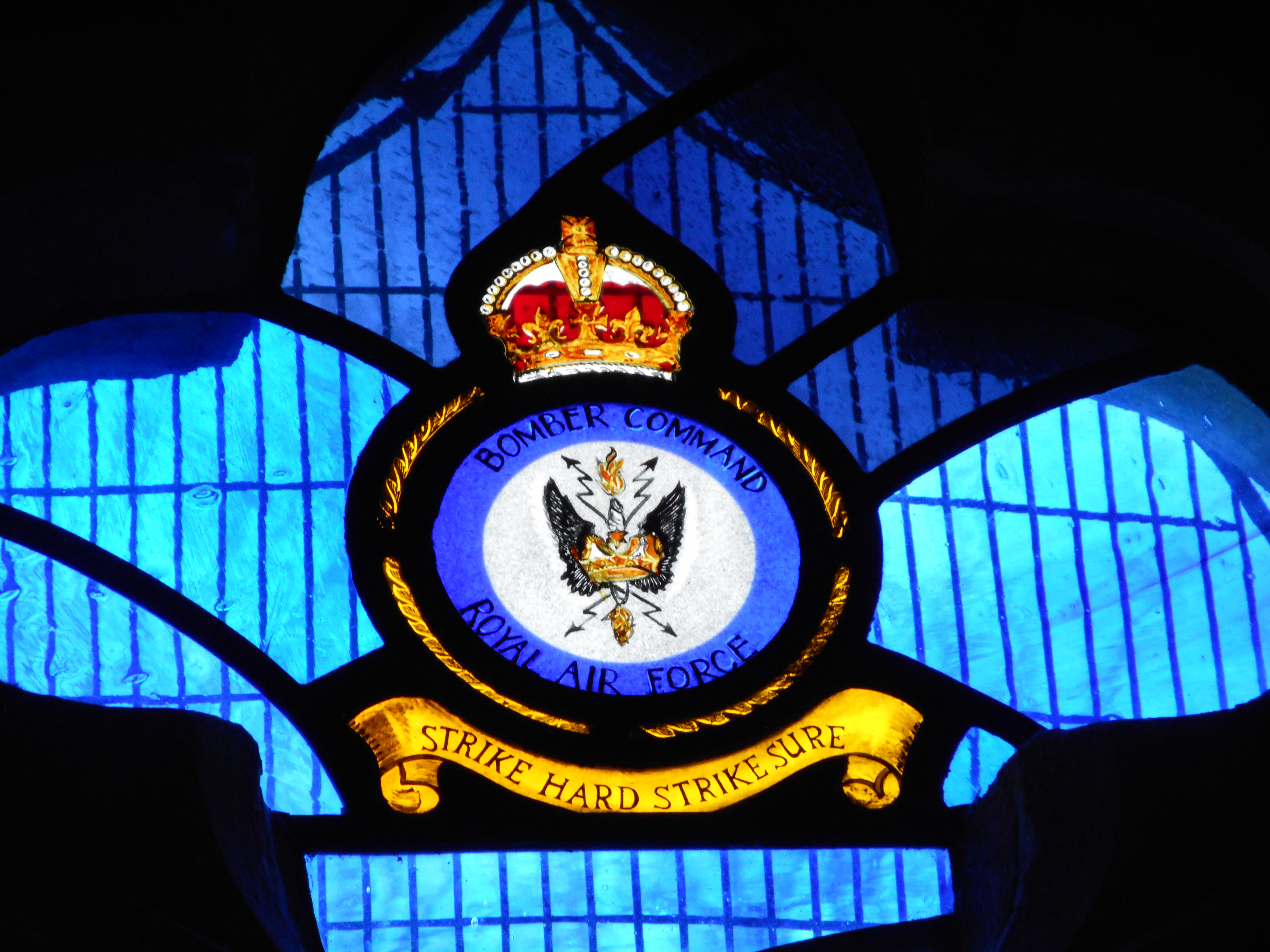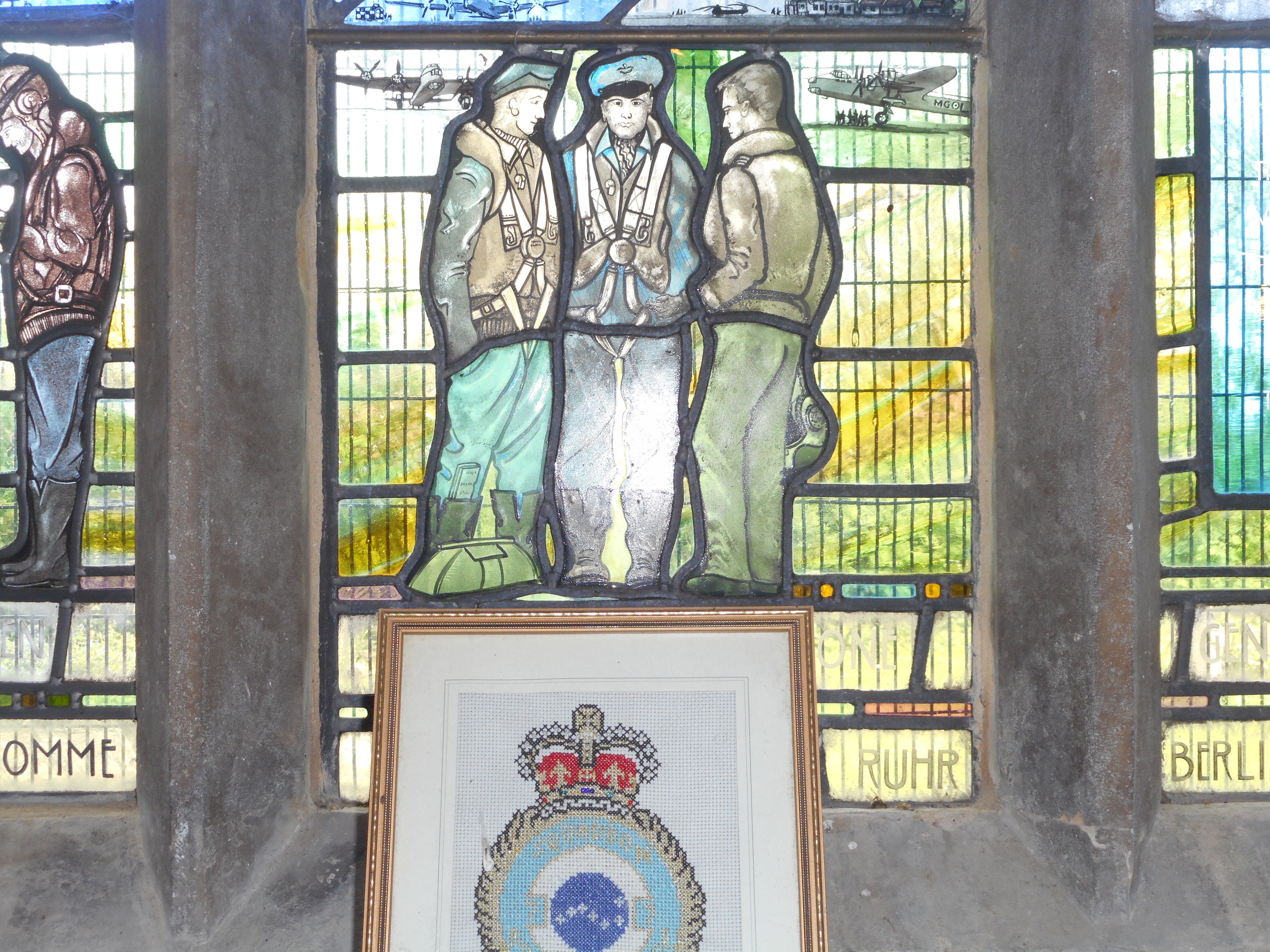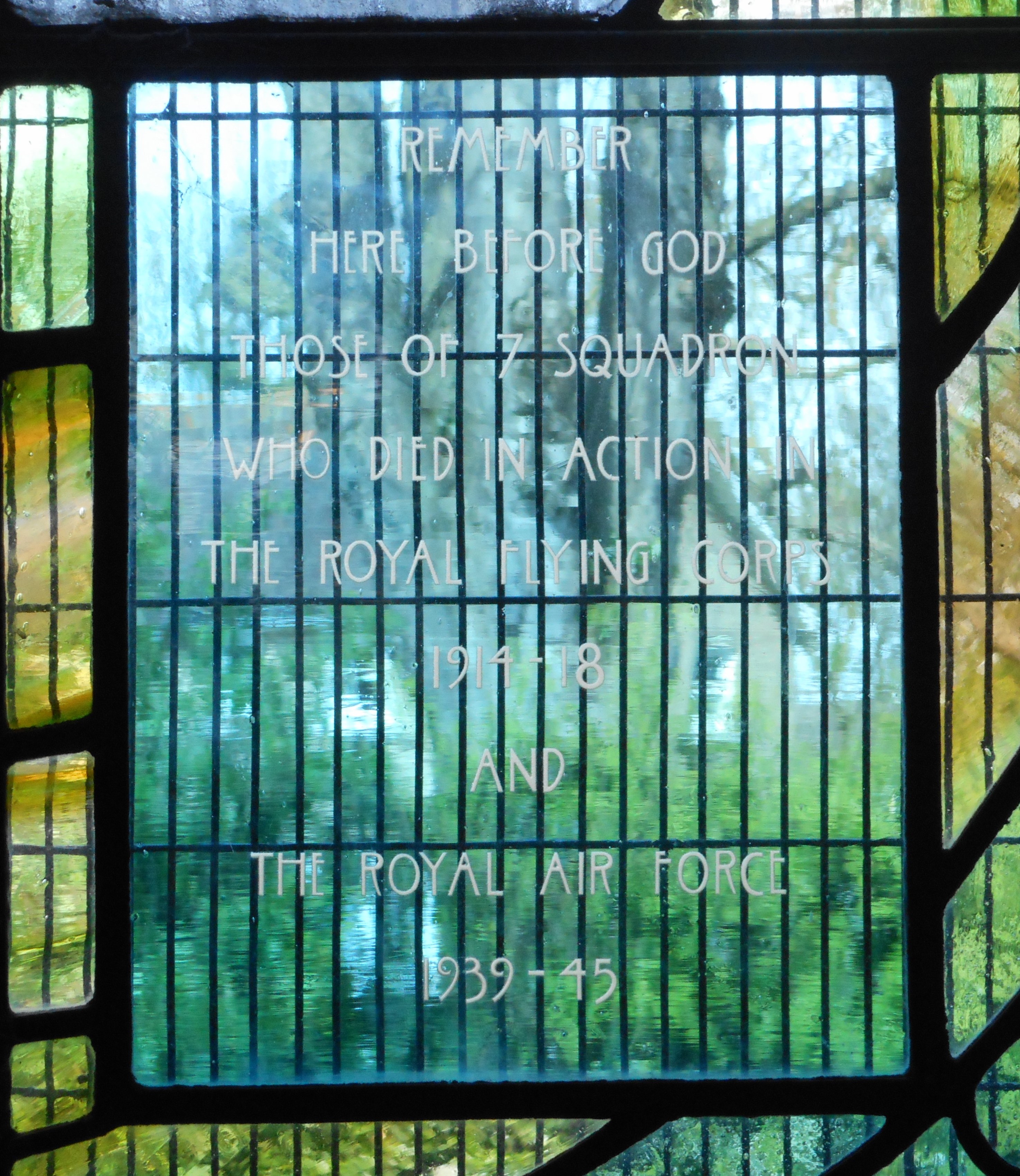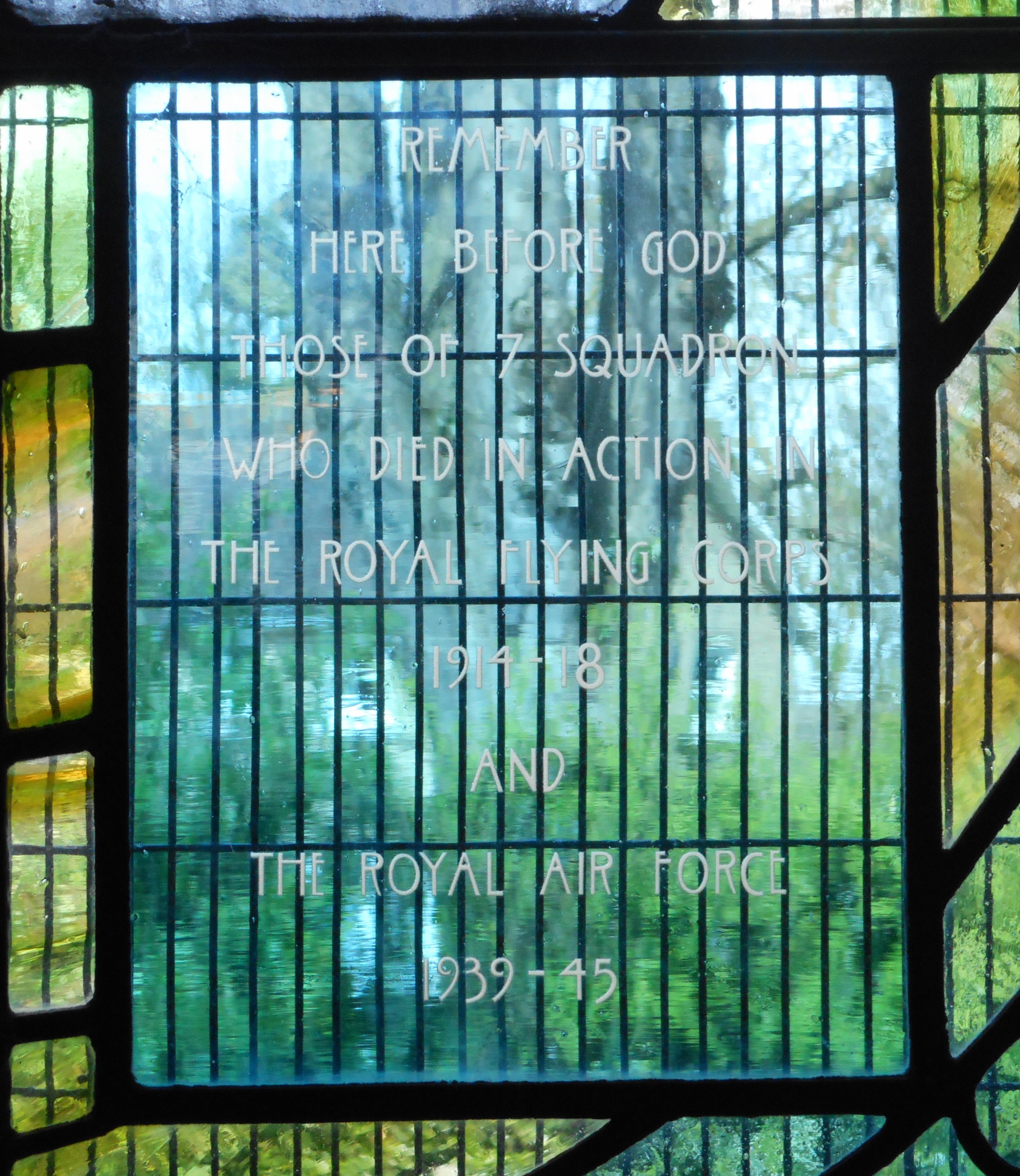Budd, Henry Ellwood
Personal Information
| Rank | WO2 |
| Forename(s) | Henry Ellwood |
| Surname | Budd |
| Gender | M |
| Age | 26 |
| Decorations | |
| Date of Death | 15-04-1943 |
| Next of Kin | Son of Frank Grant Budd and Linda Budd (née McCulloch), of Souris, Manitoba, Canada. Husband of Margaret Budd (née Willlock), whom he married on 29 September 1939 at Plentywood, Montana, USA. Father of Harry Clinton Budd (born 16 May 1941). |
Aircraft Information
| Aircraft | Short Stirling III |
| Serial Number | BK709 |
| Markings | MG-P |
Memorial Information
| Burial/Memorial Country | Germany |
| Burial/Memorial Place | Durnbach War Cemetery |
| Grave Reference | 1. C. 22. |
| Epitaph |
IBCC Memorial Information
| Phase | 2 |
| Panel Number | 138 |
Enlistment Information
| Service Number | R/85483 |
| Service | Royal Canadian Air Force |
| Group | 8 |
| Squadron | 7 |
| Trade | Navigator |
| Country of Origin | Canada |
Other Memorials
| Location | Budd Lake, Saskatchewan |
| Country | Canada |
| Memorial Type | Lake |
| Memorial Text |
| Location | Hilton House Hotel, Hilton, Derbyshire |
| Country | United Kingdom |
| Memorial Type | Blue Plaque on external wall |
| Memorial Text | Air Commodore Herbert Martin Massey CBE DSO MC 1898-1976 Senior British Officer at Stalag Luft III Sagan who authorised 'The Great Escape' was born here. Hilton and Marston History Group |
| Location | All Saints Church, Longstanton, Cambridgeshire |
| Country | United Kingdom |
| Memorial Type | Stained Glass Window and Roll of Honour Book |
| Memorial Text | Remember here before God those of 7 Squadron who died in action in The Royal Flying Corps 1914-18 and The Royal Air Force 1939-45 |
Miscellaneous Information
| Henry was born on 10 April 1917 at Souris, Manitoba. His father was born in Hampshire, England and he worked as a Yard Foreman in the B&B department of CPR., his mother was born in Lanark County, Ontario. He attended Victoria School, Regina 1930 -1931 and then Scott Collegiate, Regina 1931-1934. The sports he enjoyed were basketball, rugby and football and his hobby was woodworking. Henry worked as a drug apprentice at Badenock Medical Pharmacy, Regina between 1935-1940. |
| Henry enlisted on 15 February 1941 and after training was posted to the U.K. He embarked from Canada on 13 March 1942, arriving at 3PRC on 24 March 1942. He went on to 14 OTU on 2 June 1942, 1651 CU 30 September 1942, 149 Sqn 22 January 1943, and 7 Squadron on 1 April 1943. Just two weeks later Henry very sadly lost his life on 15 April 1943 |
Commonwealth War Graves Commission
The National Archives
| Record of Events (Operational Record Book) AIR 27/100/7 |
| Summary of Events (Operational Record Book) AIR 27/100/6 |
Fellow Servicemen
Last Operation Information
| Start Date | 14-04-1943 |
| End Date | 15-04-1943 |
| Takeoff Station | Oakington |
| Day/Night Raid | Night (72% moon) |
| Operation | Stuttgart. 462 aircraft, 23 losses (5.0%). PFF claimed accurate marking but the bombing was concentrated to the north east. This is an example of a phenomenon called 'creepback' where successive crews would release their bombs earlier and earlier on an effort to turn for home as quickly as possible. Fortunately the bombed suburbs included many industrial installations so some useful damage was caused. An air raid shelter packed with French and Russian PoWs was hit, increasing the death toll to 619, a new record. |
| Reason for Loss | Shot down by a night-fighter and crashed NE of Worms, Germany |
